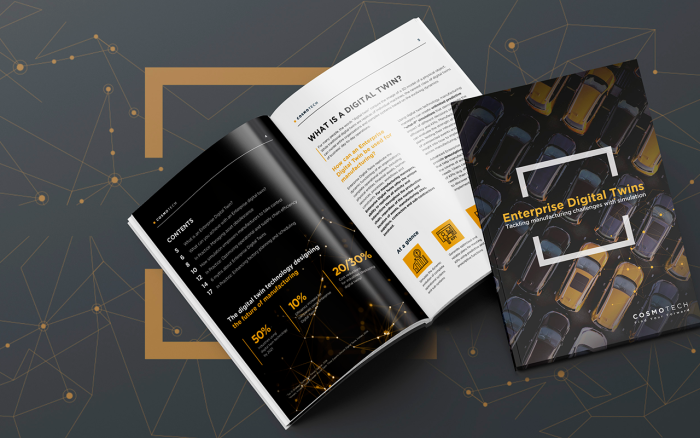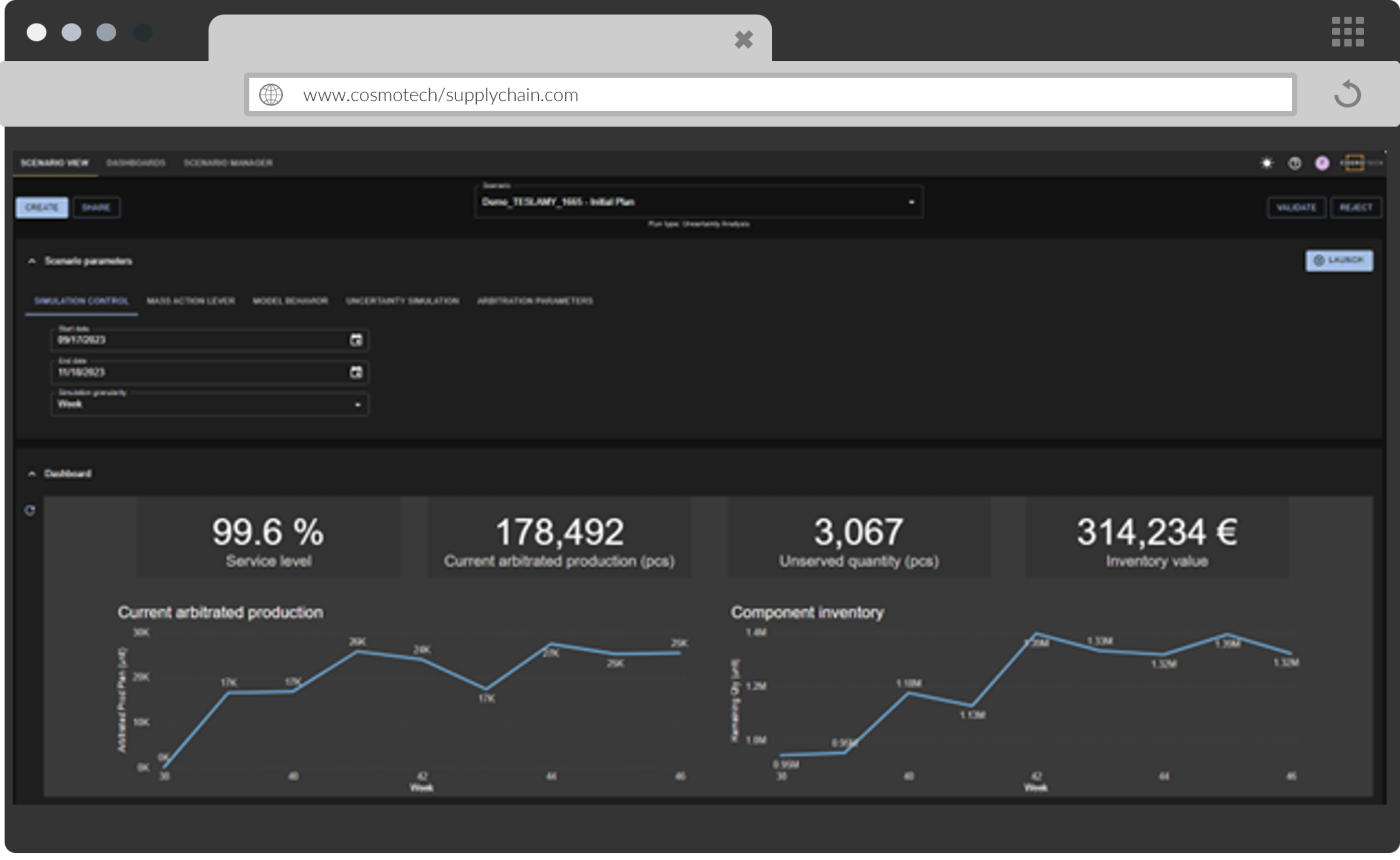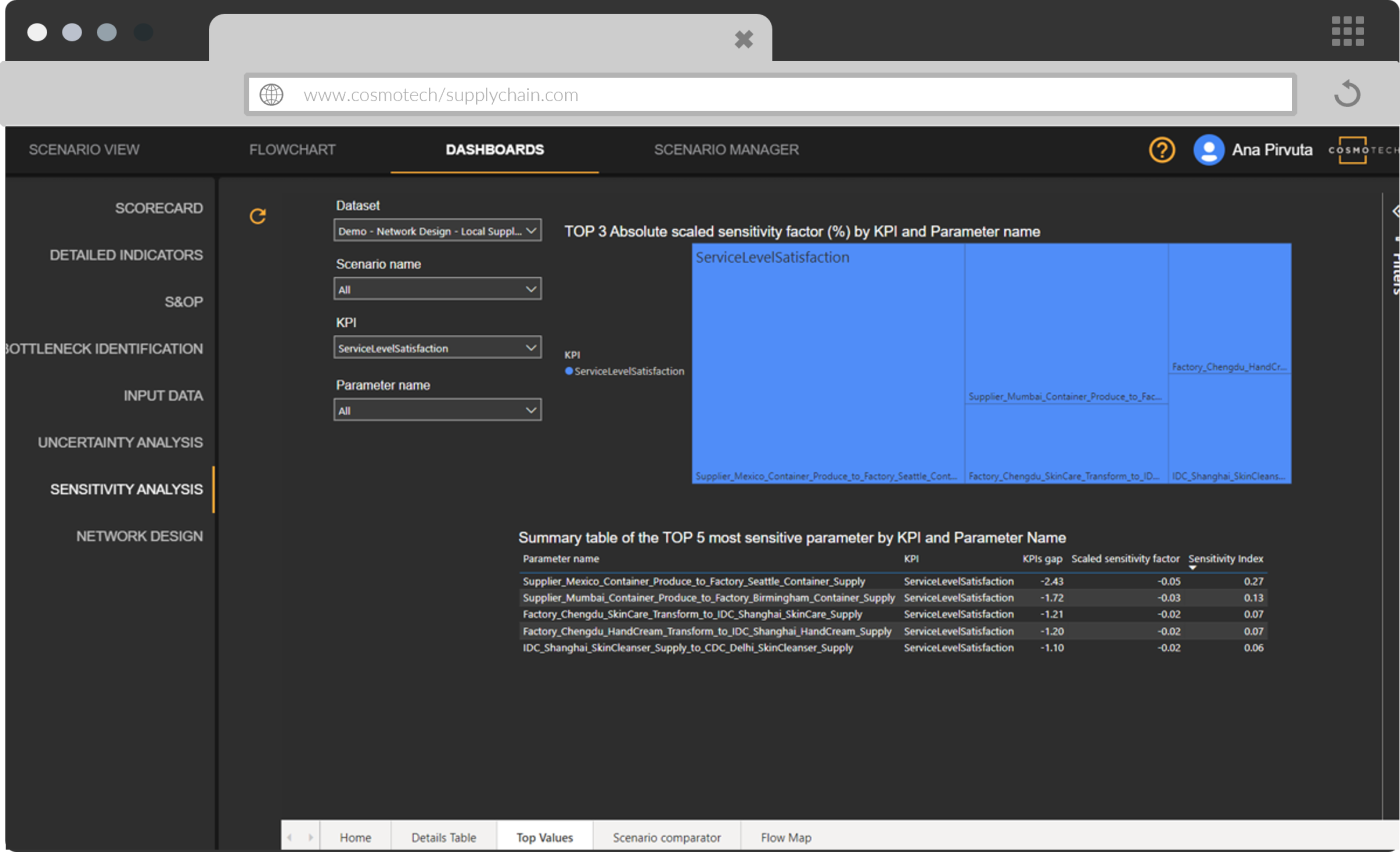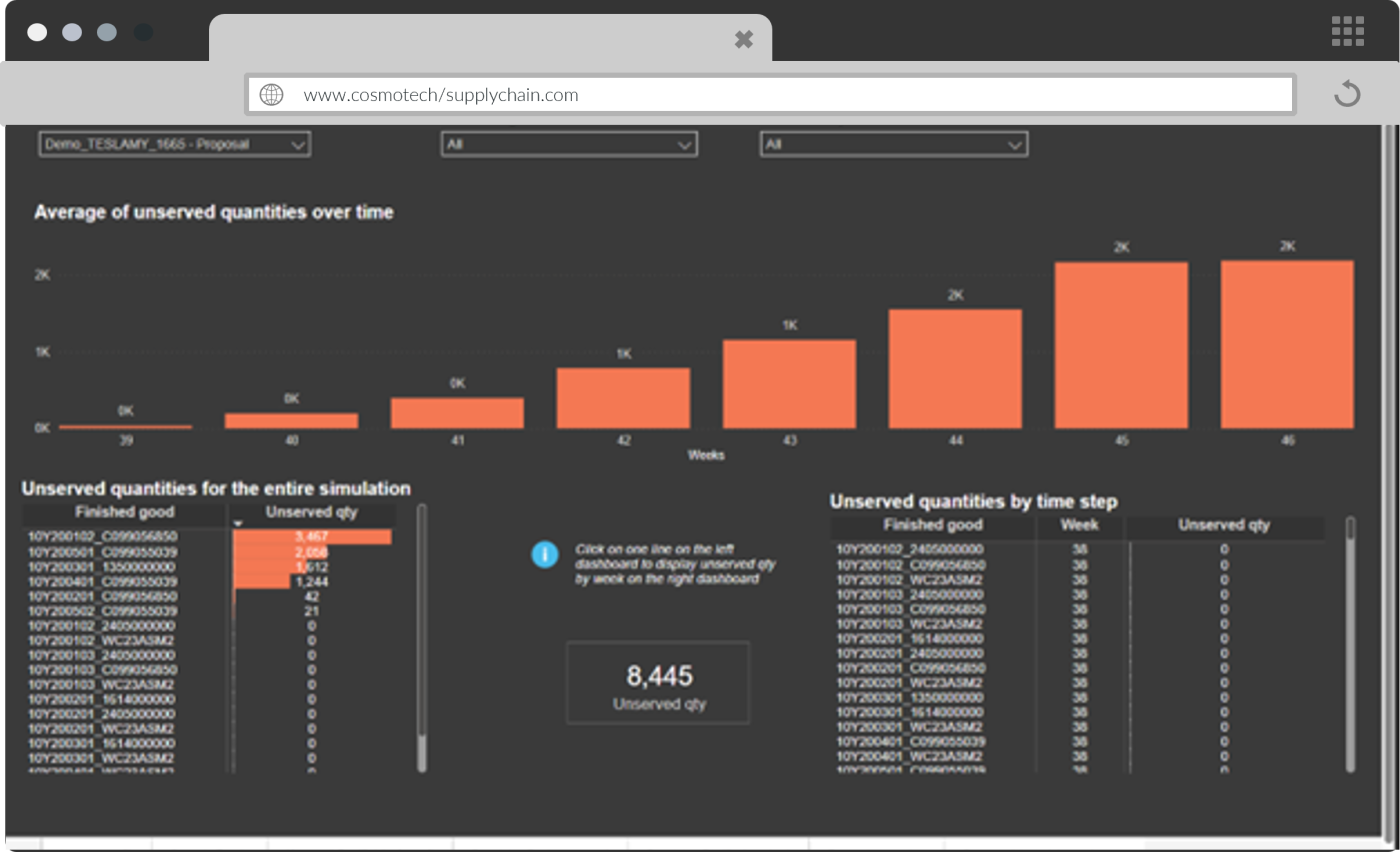Leave the guesswork behind!
Forecasts based solely on historical data are merely guesses if they fail to consider various uncertainties.
- Attain accurate, rapid results with AI-Simulation technology, ideal for industries requiring meticulous accuracy.
- Optimize supply chain decisions with a complete view of all potential outcomes and an understanding of how uncertainties affect key performance indicators, including service and inventory levels.









![[eBook] Tackling supply chain challenges with AI Simulation](png/sc-e-book-3-350x350.png)

